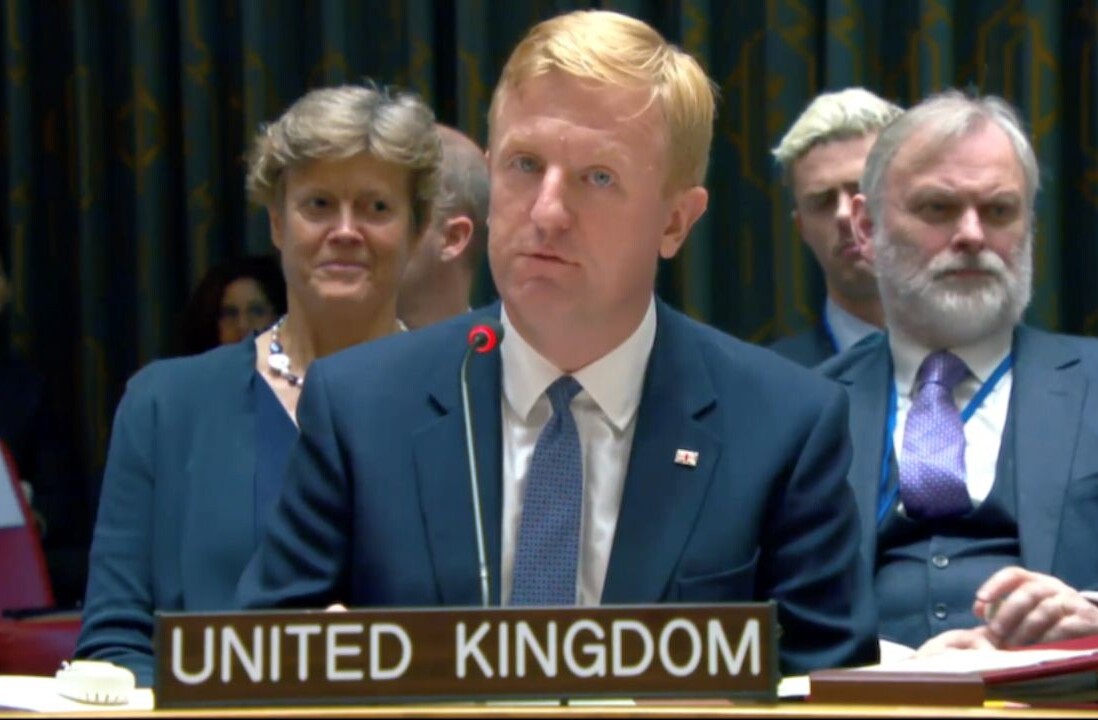
Many of us dream of starting up our own company to be our own boss, but the reality is that for every successful startup, there are many others that fail. Therefore, it’s quite a risk to take on leaving a stable paying job to start your ideal business.
However, it’s always interesting to see the ideas out there for people who haven’t taken the leap yet. With this in mind, we’ve taken some time out to interview a couple of people to get into their heads of how they would build their own business and where they see the most disruptive opportunities are.
Freelance Strategy Consultant
With a background in BioChem and a Post Doc in Cancer Research, this consultant moved into the consulting world with Bain & Co as a generalist covering different industries and different functionality before going freelance.
He thinks there is not that much room for disruption in business consulting and advisory, since it is not a hyperscalable industry and there is lack of innovation at the moment.
However, he believes that the education technology space is very interesting because the whole higher education sector is being transformed. There is a host of online educational resources including Coursera and Udacity, which are partnering with universities to bring more engagement online.
If given the opportunity, he would build a company around education technology which would target kids before they get into higher education. He believes that this is what the market needs as urban high schools that do not have the standard of education required. That said, solving problems at the pre-college level is very challenging because it generally tends to be a public sector challenge. There are also immense challenges in building an access and support structure for kids to gain quality education since there is massive bureaucracy and the stakeholders are distributed.
When asked about the culture of his dream business, he said that it should be a fun place to work since a happy and positive environment leads to better work. Also, training, feedback and coaching are essential in training and maintaining the quality and development of employees.
Aldo Ledesma, Management Consultant
Originally from Peru, Aldo started his career working in financial risk management in Chicago straight after university. He then went to business school in the UK to complete his MBA specializing in strategy and finance. And following that, he joined Ernst and Young in London where he currently works advising financial services clients on issues related to risk and strategy.
A company he is very keen on starting revolves around a person to person lending online service which would let people agree to microlend a pre-agreed rate. Credibility would be measured with a credit scoring system which takes into account personal details like social network activity, location, age, education and job. This would make lending accessible to everybody who doesn’t have the time or resources to go through a lengthy application process at the bank. The challenge would be to form a network of lenders, develop a robust credit check algorithm, simplify the lending process while managing the credit risk in an optimal way.
Ziah Fogel, Supervising Animation Technical Director
Ziah has an extensive 12-year background in making animated films. She had an 8-year stint at Pixar where she worked on films like Finding Nemo, The Incredibles, Cars, Ratatouille, etc. before moving to London to work for Double Negative, a visual effects studio. She then went on to work for an animation studio in Argentina, where she hired out a team and put processes in place for lighting and compositing an animated film.
Her dream company is a small studio that creates high quality animated shorts. With Vimeo PRO and other video content platforms, there are distribution opportunities that you can use when you want to create your own content outside the big studio system. She wants to start out with something small and develop a brand which works on short animation projects. Key to the virality of the shorts is to develop characters and stories with an element of humour to grab people’s attention.
The advantage of being small is being able to release stuff as it comes, respond to the market and become more agile. With digital distribution channels, people can even get involved in the storyline and have a direct influence on the content via online voting methods.
The challenge to building this business is to get the right creative people together, including writers, story artists, animators, technical people, props, lighting, texturing, etc. Another challenge is figuring out a way to distribute the content that’s affordable to the target market while still turning a profit. Therefore, a lot of research will have to be done on the optimal time people are watching the films and how much they are willing to pay for these films.
However, it’s not just the idea or product behind the business that counts. A successful business needs to have good processes, culture and a great vision in place.
Allen Thrasher, Strategic Marketing Consultant
Allen has over 25 years of experience in marketing, mainly working in Technology. Over the years, she has worked out the fundamentals needed which make a difference when a company is founded. If she were to build her own, it would definitely have five key elements.
Vision and Direction
Proper strategy is needed. Defining what the company wants to do, what they want to become and how to get there is important. The first two are commonly envisioned, but rarely does the latter exist. However, defining how to get to the end goal is important; otherwise, priorities can be all over the place and not necessarily support the business goals.
Structure & Processes
Businesses need to have enough structure and process that will enable them to scale or at least be aware of what needs to change and change it as the company grows. It will save you a lot of pain in the long run. For example, your hiring process can include a group of graduates or less skilled staff, who are nurtured up the chain and then let go if they don’t deliver. This would enable you to only retain talent who offer real value.
People
Hiring people with the right skills, not just the hard skills, is important. People who are many times the most effective to work with are those who know how to collaborate well, throw their ego out the door, look for a shared sense of purpose, know what they are good at, ask questions and are willing to communicate. Look at what really is required and make sure that you have the right people engaged to your company’s vision.
Flexibility
Even though you have structure and processes in place, it is also important to have the flexibility to bring together the best thinking. Including people from other departments and from the wider community will bring fresh ideas and different perspectives. Since most businesses now are very dynamic, making sure that you can move with the times quickly is important.
Innovation
Lastly, it is important to find new ways to do things. Keeping up on trends and combining the foundations with the innovations put grounding in some of the fresh ideas that come about. However, in order to innovate well, you need a structure to start from which enables the true innovation to take place. Otherwise, it won’t have a direction.
Duane Harrison, former Intern at Google Learning Labs
Duane has an internship at Google Learning Labs under his belt and is currently a final year student at the Glasgow School of Art studying Product Design. When talking with his colleagues on the topic of how they might build their future company, their ideas center around three main thoughts.
Designing for the long term
Questioning how things are in today’s world is a way to win in the future. At the time when Sony questioned how to make a better CD player, Apple was thinking in a very different way. They were asking a bigger question about how we could download music onto a device. This is not easy and we have to constantly work hard to observe now and implement later.
Being true to design
A future company should be based on an idea. The idea should focus on making a difference in the daily life of people across the world, and not just exist to return a profit. We have an extreme view that profit is a by-product of good design, but in reality good design easily spreads in a well-connected world. This means not being unnecessary. Designing phones that get old in a few months is not being true to design.
Being a learning organisation
Designing internally is important. Many design consultancies and schools mention they are good at experience design, but it sometimes seems hypocritical when you cannot find their office or their program experience is poor. With a learning organisation comes the belief that we can learn from everyone; younger, older or outsider, therefore, we think the era of superstar designers is over.
So there you have it, all in all we have ideas for education technology, film, micropayments and insight into the elements needed for a business to succeed. Even though nothing is set in stone and these concepts have yet to be proven, who knows what the future might hold?
Image: Thinkstock
Get the TNW newsletter
Get the most important tech news in your inbox each week.





